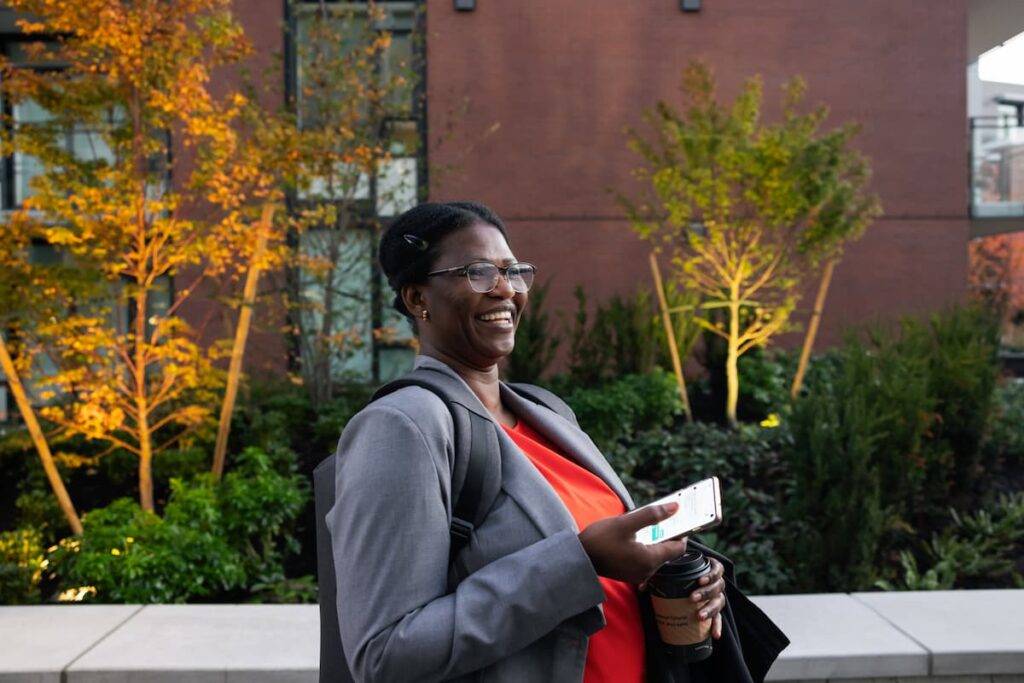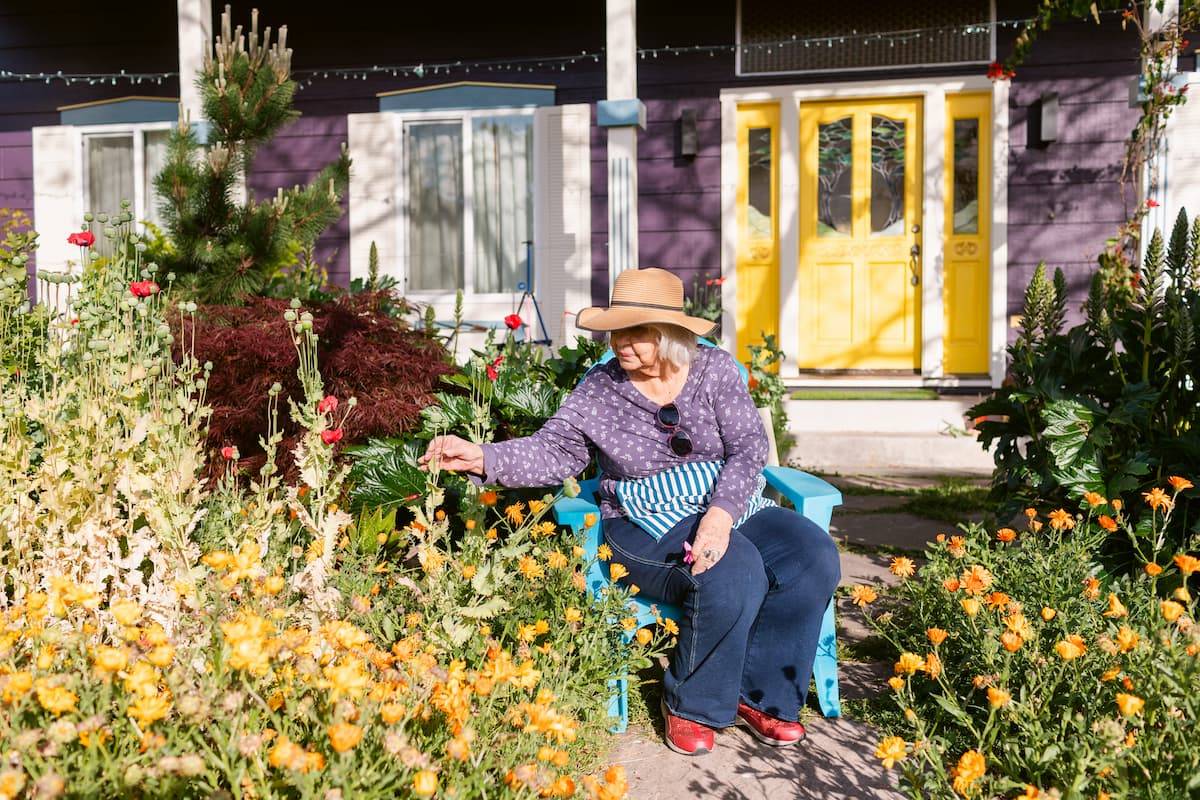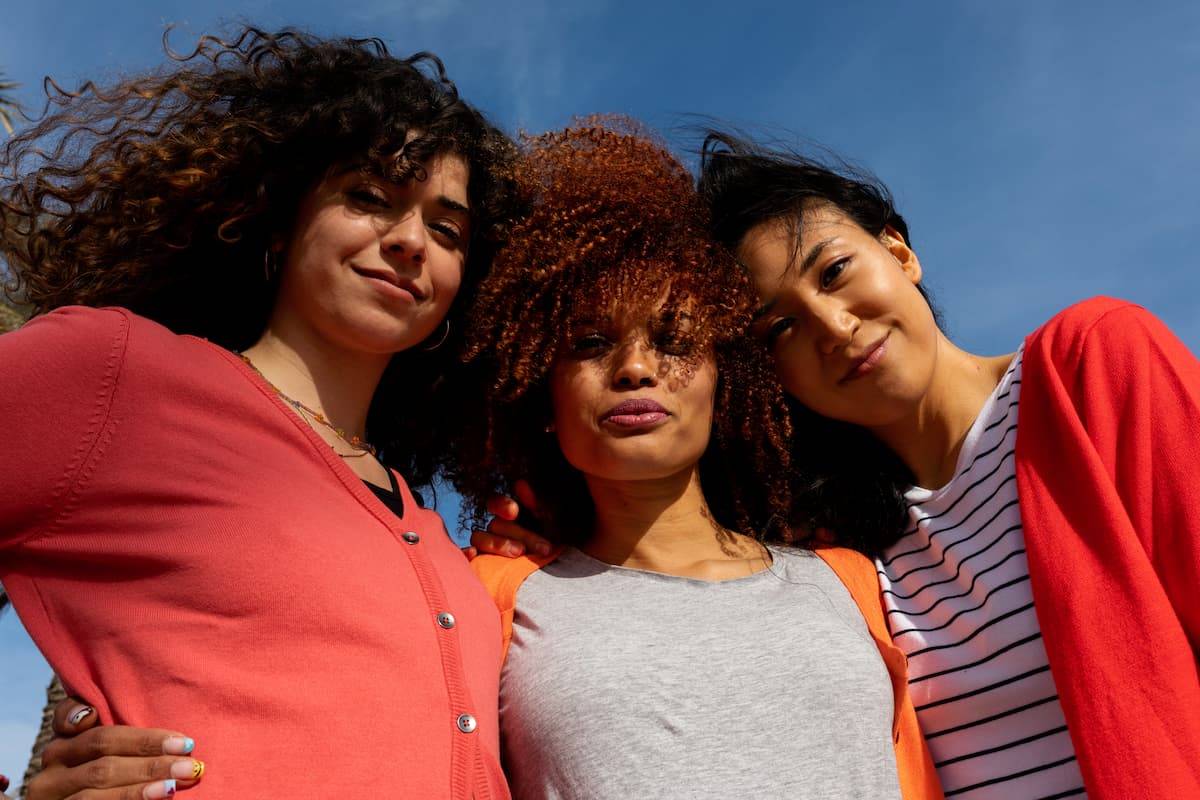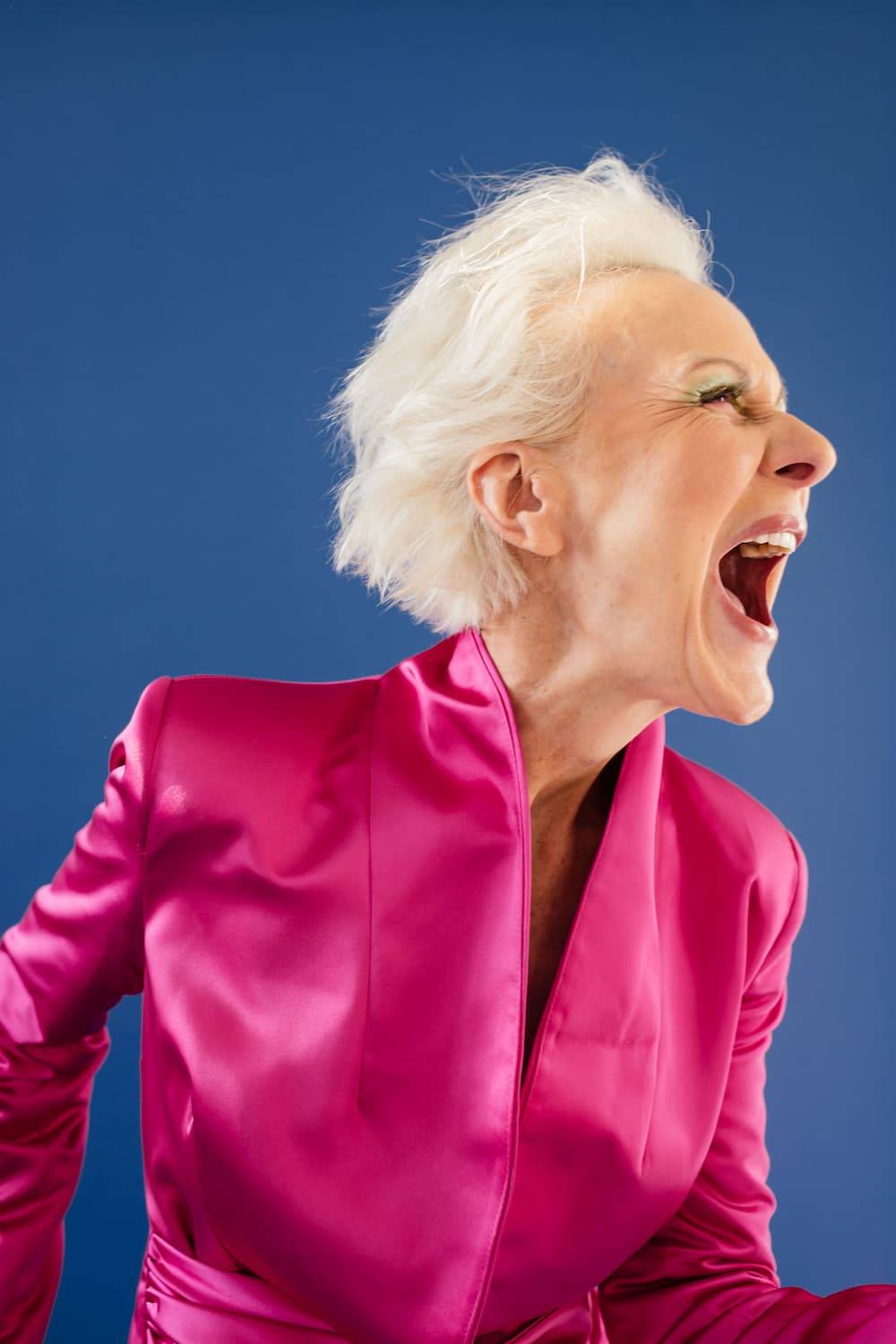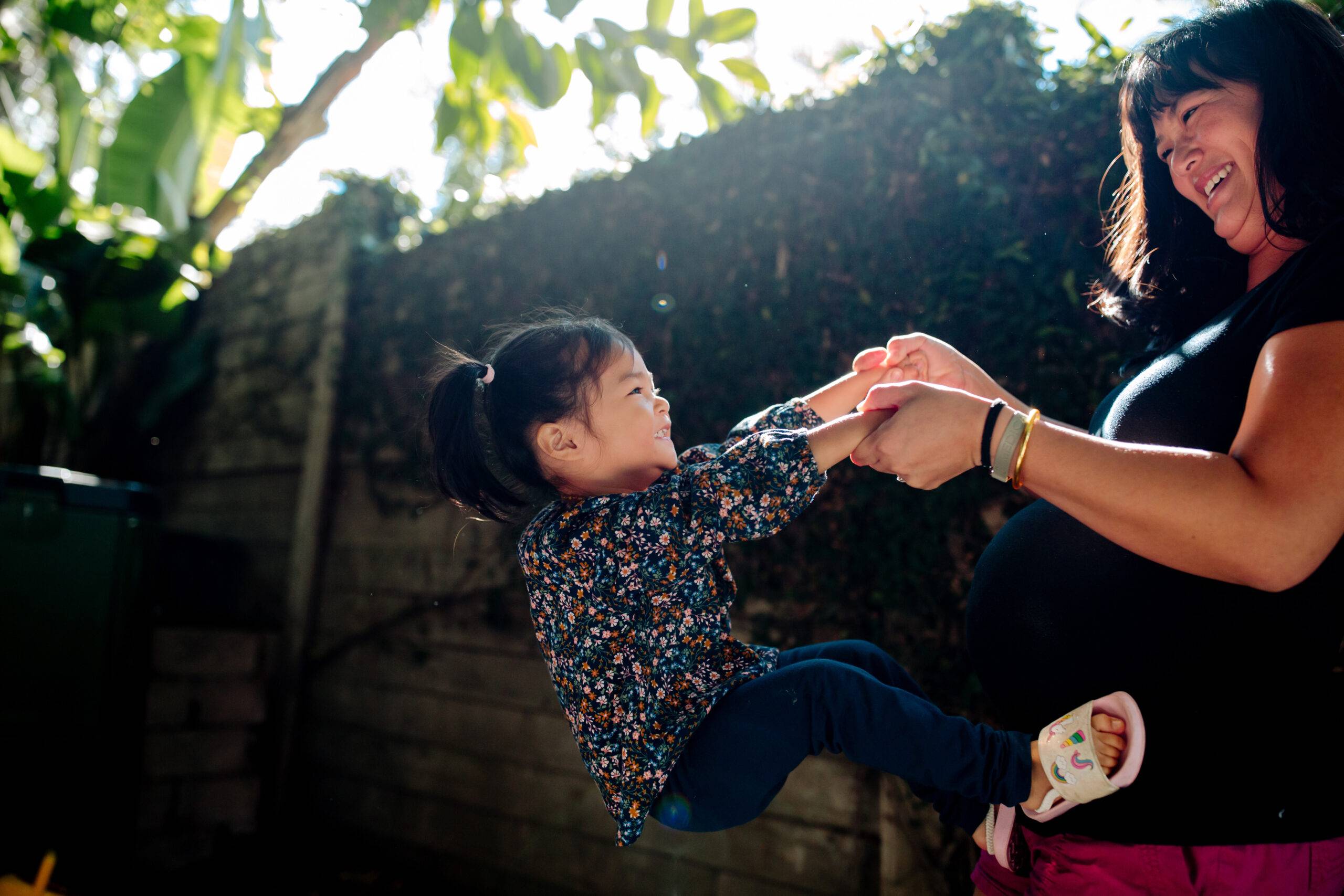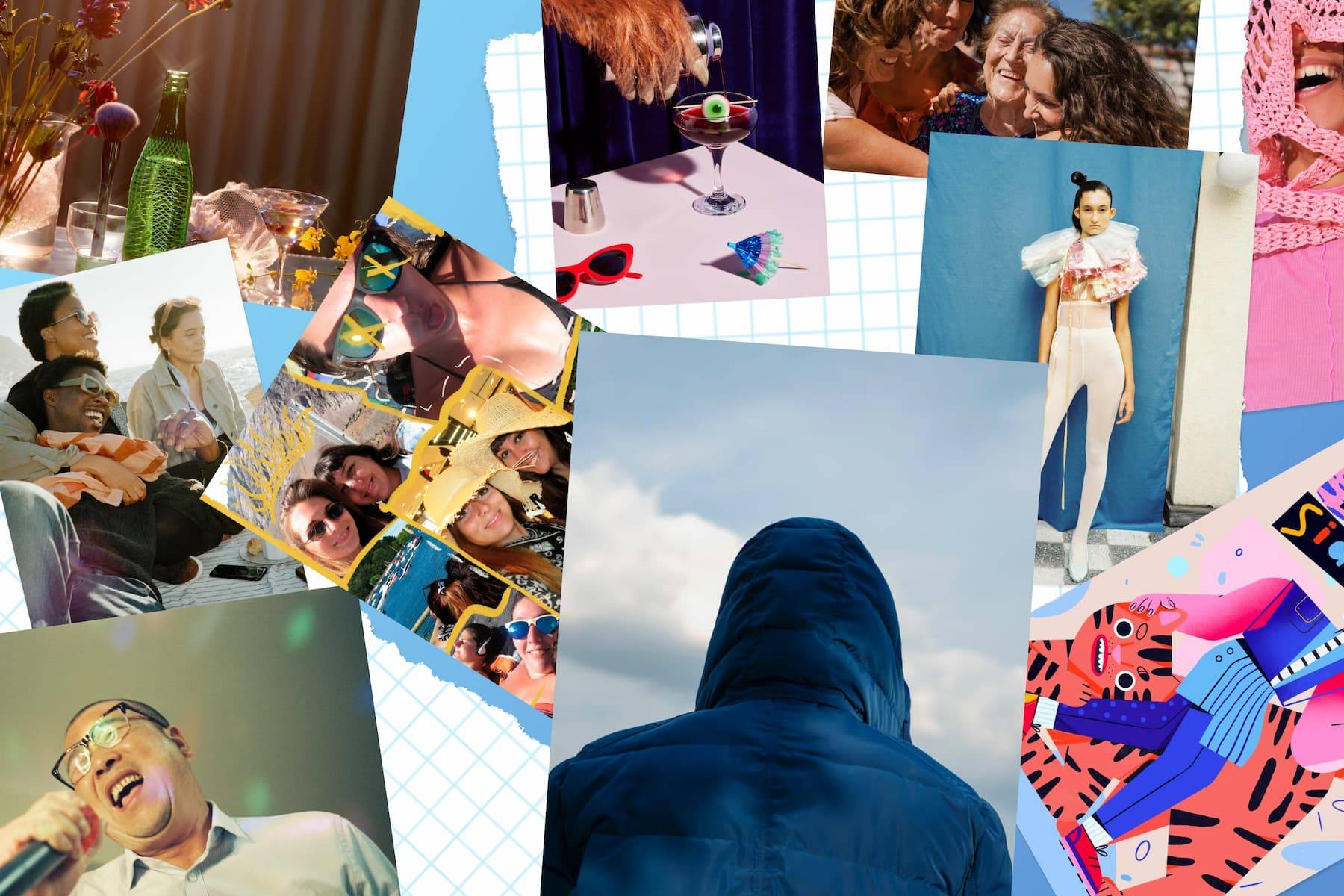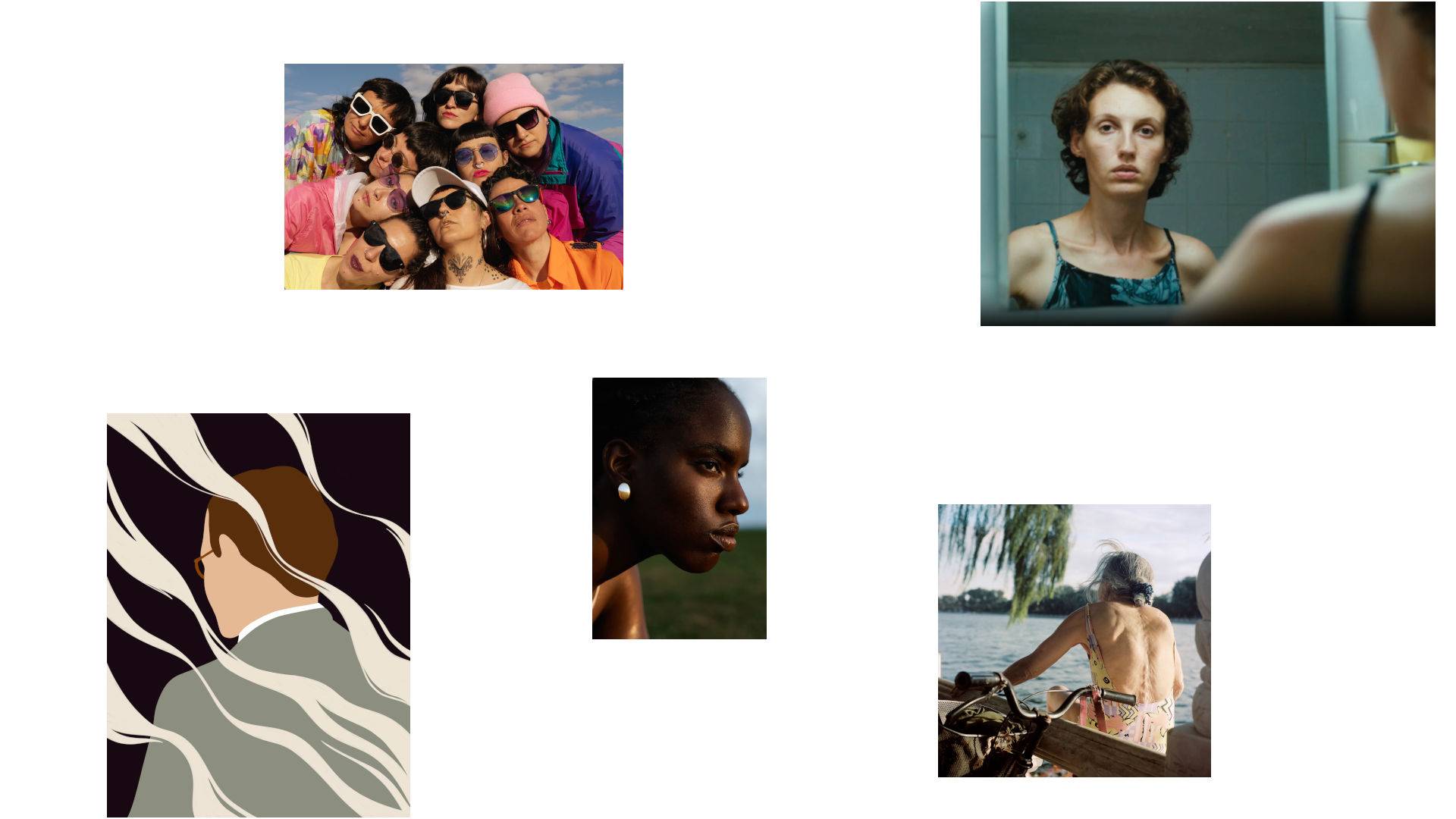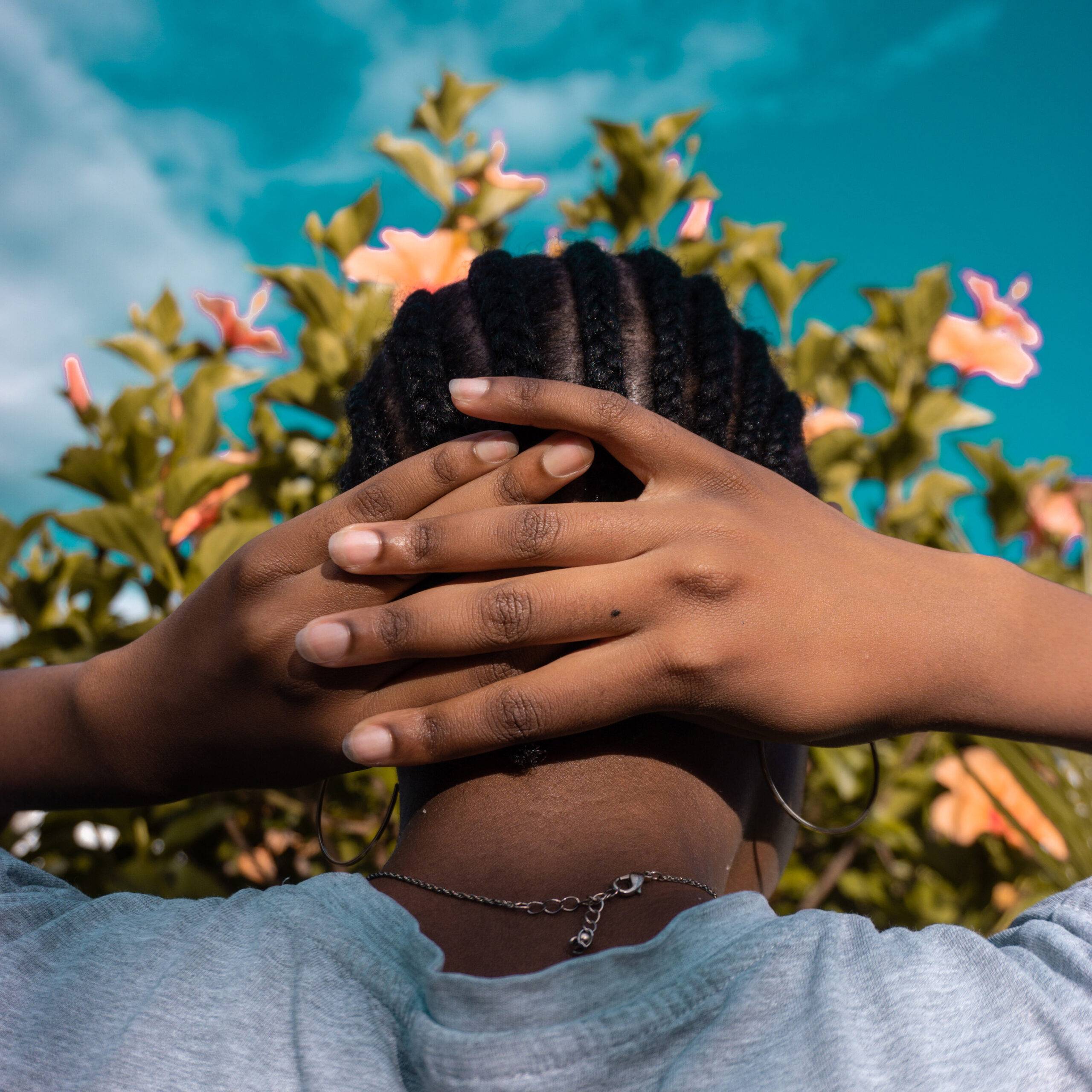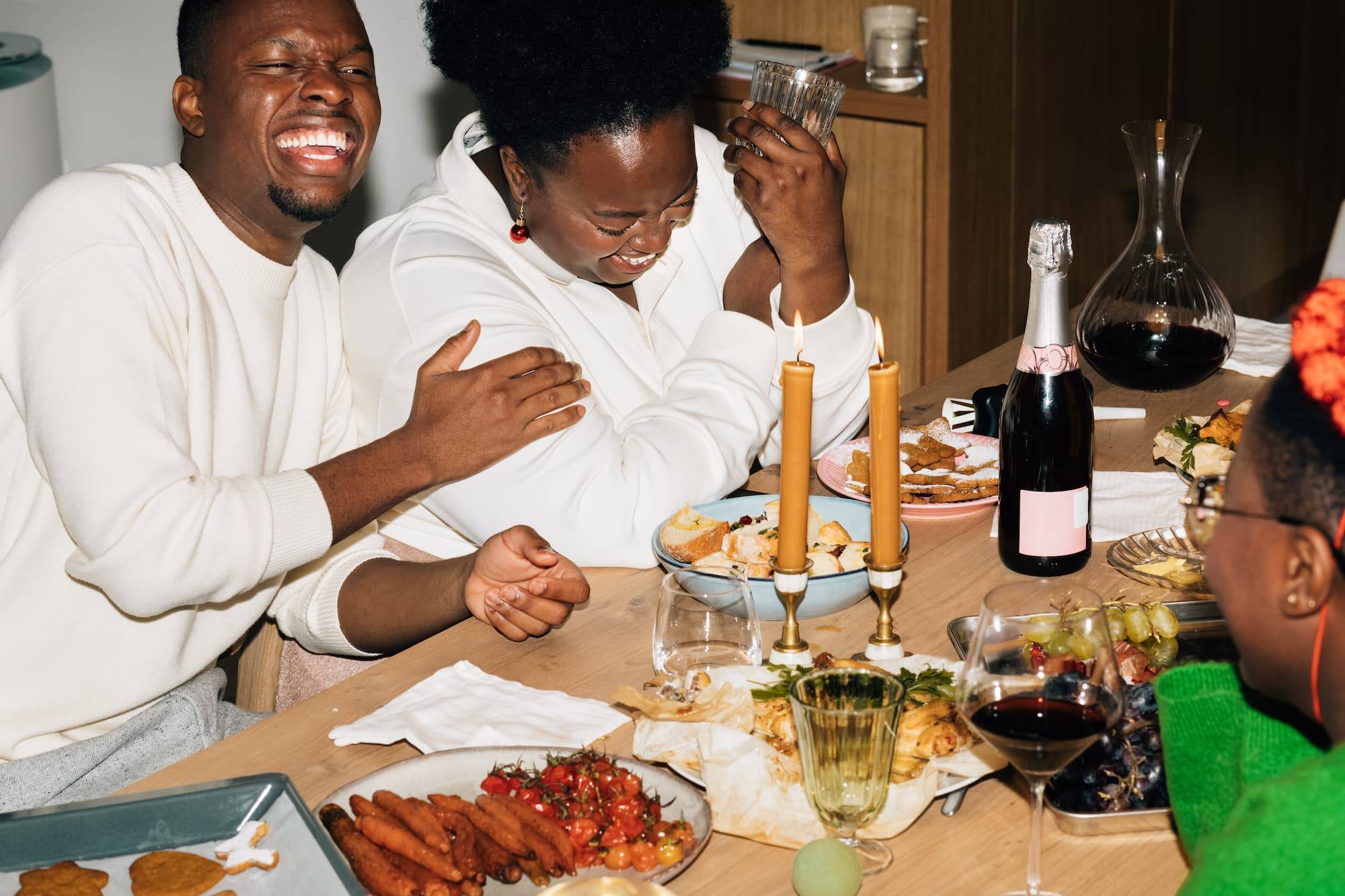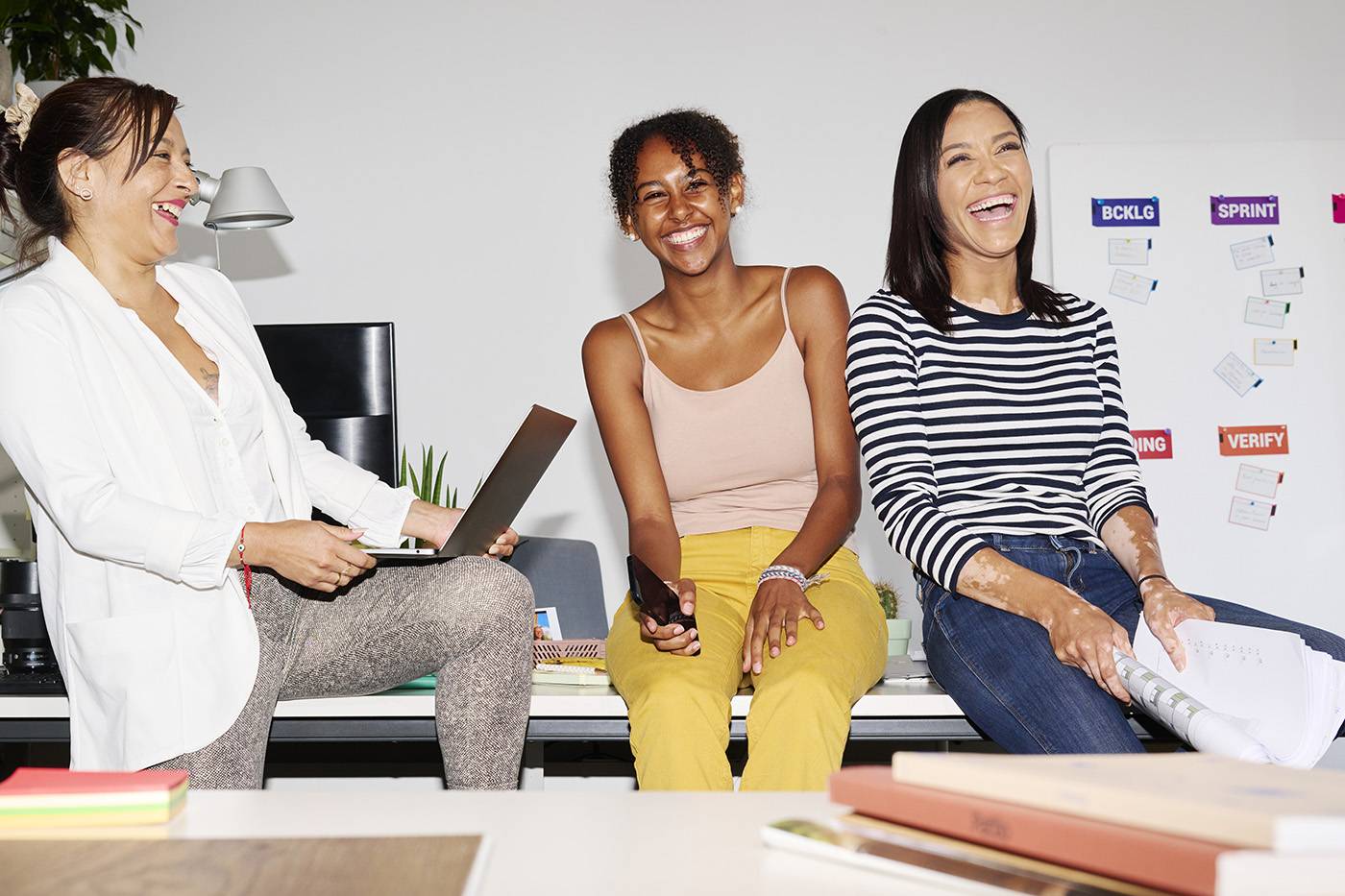It’s no secret that advertising is designed to sell products through stylized and idealized imagery. Presenting how one can attain the perfect stress-free life through product purchases was a fundamental tenet of advertising and American culture from the 1950s through the end of the 20th century.
This century, however, there is a shift in cultural perspectives. No longer are stereotypical images (and by that we mean predominantly white, thin, middle class people) the only expression of American culture through advertising. More diverse imagery is a requirement rather than an option for effective marketing. This applies not just to people of different races and genders, but also across the intersecting array of social categories.
Intersectional advertising not only helps people see themselves in advertising (and thus make them more likely to connect with your brand), but also impacts fundamental health and safety issues – especially for women.
According to studies conducted by UN Women agency UNStereotype Alliance, 53% of people surveyed in the US stated they “rarely see themselves in advertising.”[3] When viewed through an intersectional lens (i.e. minorities, immigrants, LBGTQIA2S+, and people with disabilities), the percentage jumps to well over 60%. This lack of representation not only impacts the effectiveness of your brand’s advertising, but also how society views culture and gender norms.
Since 1979, UN Women has seen gender stereotyping as a persistent invisible barrier to gender equality and the empowerment of women.[4] And they cite it as a major barrier to the advancement of women globally.
In Australia, Women’s Health Victoria studied the impact of gender stereotypes in advertising on the health and safety of women. They found the prevalent use of gender stereotypes and images that sexualize and objectify women in advertising limits the aspirations, expectations, interests, and participation of women and men in society. Specifically, such portrayals are “associated with a range of negative health and wellbeing outcomes and are highly problematic for the prevention of family violence and other forms of violence against women.”[1]

Digging into recent literature, Women’s Health Victoria found a strong correlation between stereotypical and sexualized views of women in advertising with negative impacts on wellbeing. Stereotypical portrayals of women – as demure, passive, angry or only valued for fertility – impact womens’ self image through self-objectification, reduced body satisfaction and cognitive performance, as well as negatively affecting relationships and sexual health. Women’s physical safety is also impacted, with stereotypical images fostering greater support for sexist beliefs, blaming of victims for sexual violence, and increasing tolerance of sexual aggression.[1]
So what is the antidote to these distressing trends? Even though these issues are highly complex and multi-layered, brands and marketers do have a role to play in reflecting women as full persons of agency regardless of race, body-shape, age, ability, gender expression or sexual orientation.
According to the The Association of National Advertisers See Her initiative:
“Consumers believe that media and brands play a powerful role in how women and girls see themselves and in shaping how society views them; the most powerful way to address consumers’ expectations is by creating ads and content that show women in positions of leadership and in situations that reflect real life.”[8]
Improving representation in Stock Media
Too long has the male gaze been the dominant view, including:
- One-dimensional; lacking complexity, depth, or agency
- Passive or vulnerable
- Inferior in intellect, judgment, wit
- Happy and easily pleased
- Unnecessarily sexualized or eroticized
- As background or an accessory to a male character
- Displaying vanity and materialism
- Solely feminine and nurturing
- Dependant — qualified by relationships or marriage
“For so many years, women have been treated as objects of male desire,” Stocksy photographer Thais Ramos Varela, who is based in Irun, Spain, says. “The arts have been guarded by men for so long that, sadly, we are conditioned to the male gaze. Our characters, our interests, and our passions are what define us, so it’s important to move away from thinking only about aesthetics.”
We need to incorporate more of “The female gaze” – a relatively young idea but at the forefront of public consciousness. The female gaze remains open to interpretation, but one contributor describes it as: “Anyone who is aware of the oppression of women and who wants to resolve the situation, evolve, re-educate themselves, or ask questions, is capable of seeing through a female gaze,” Varela admits. “Regardless of their gender.”
Extending the notion of the female gaze to include people of all genders, helps us to recognize that we are long overdue for a more holistic and nuanced view of masculinity as well as femininity.
Improving Intersectionality
Intersectionality refers to how different identity markers — like race, gender, sexuality, and class — interact and affect each other. These intersections of identity create distinct, unique, and widely varied experiences.
Most underrepresented people belong to more than one subgroup or demographic, but you wouldn’t know it by surveying the advertising landscape.
Improving the diversity and intersectionality of imagery in advertising improves representation and improves women’s lives. It also creates a connection to brands that promotes it. The UNStereotype Alliance has shown that the inclusion of intersectional portrayals in advertising drives consumers’ feelings of “closeness” with a brand.[3] But that’s not all:
- When shown an intersectional ad from a brand, on average, consumers’ feeling of closeness to the brand improved by over five basis points.[3]
- ANA’s SeeHer initiative found that when advertisements positively portray women, there is an increased likelihood of a positive impact on long-term Brand relationship.[5]
- 52% of consumers say the media has a lot of responsibility to improve equality, and 72% believe that brands can drive social change. [8]
The business case is clear. Listening to and reflecting real women — and portraying real intersectionality — is more important than ever.
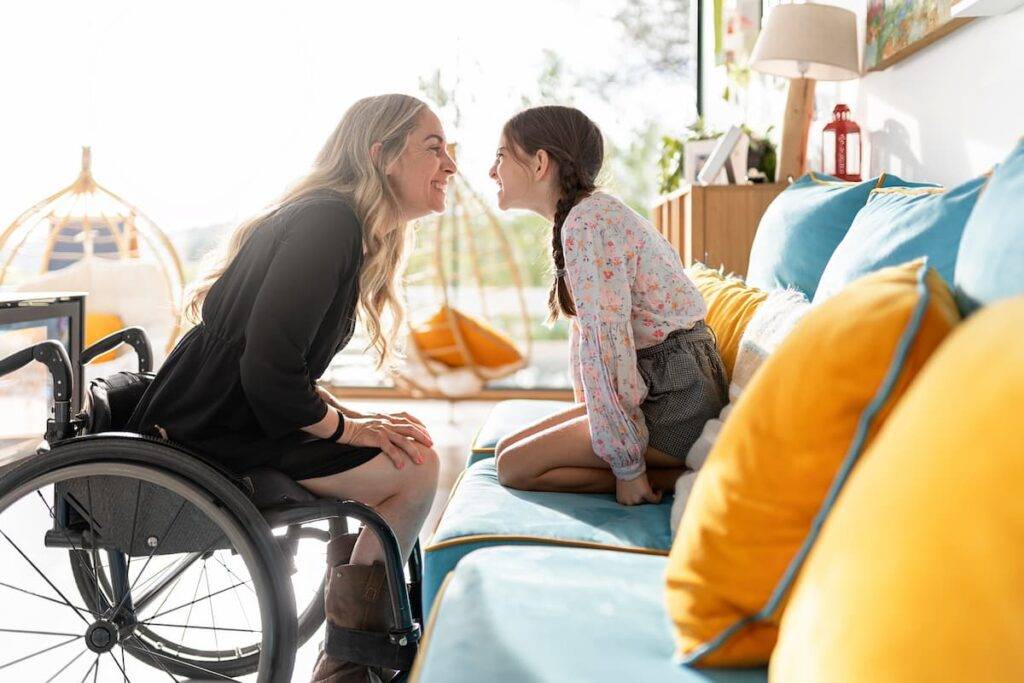
At Stocksy, we take representation seriously. Our curation process and content policy drive the decisions we make to ensure we not only have a diverse collection or stock media, we also have a diverse range of contributing members that reflect the real world.
“At Stocksy we want to Reflect the Real World. This is not only our mission, but a call to action for brands in 2023. We’re helping brands discover why representation in marketing matters, how to research before you reflect, and how to collaborate and listen to the intersectional communities you are speaking to.”
– Christina Minshull, Head of Marketing & Design, Stocksy.
Reflect Real Women
Resources
- Advertising (in)Equality: the impacts of sexist advertising on women’s health and safety
- Inclusive Marketing
- Beyond Gender 2: The Impact of Intersectionality in Advertising
- The levers for change
- SeeHer Research Archives
- Women in Advertising
- Feeling seen USA: How diverse advertising unites us
- Are You Taking on Too Many Non-Promotable Tasks?
- Perceptions of Progress: The State of Women’s Equality in the US
- IRI GEM Lift Study 2021
- A Practical Guide to Inclusive Marketing
- The Drum | ‘Regardless Of How Woke A Brand Is, Portraying Intersectionality Is Tricky’






